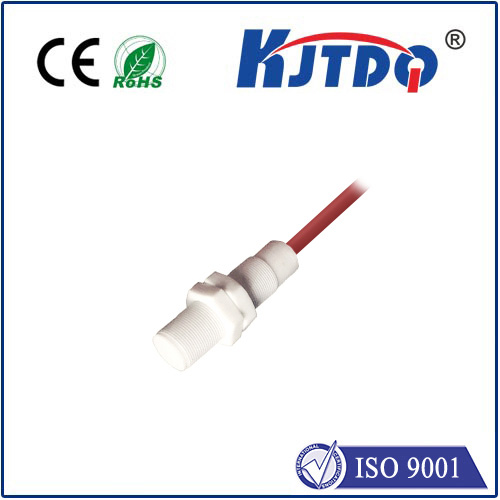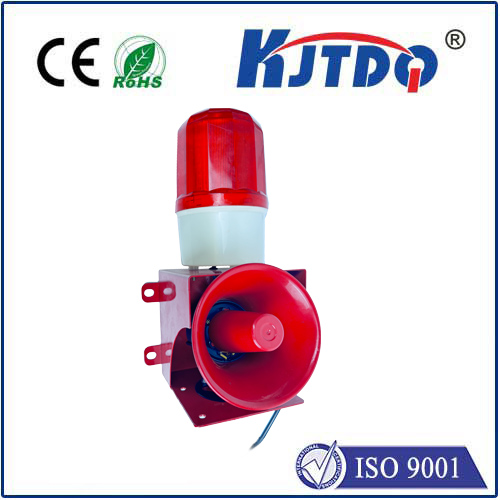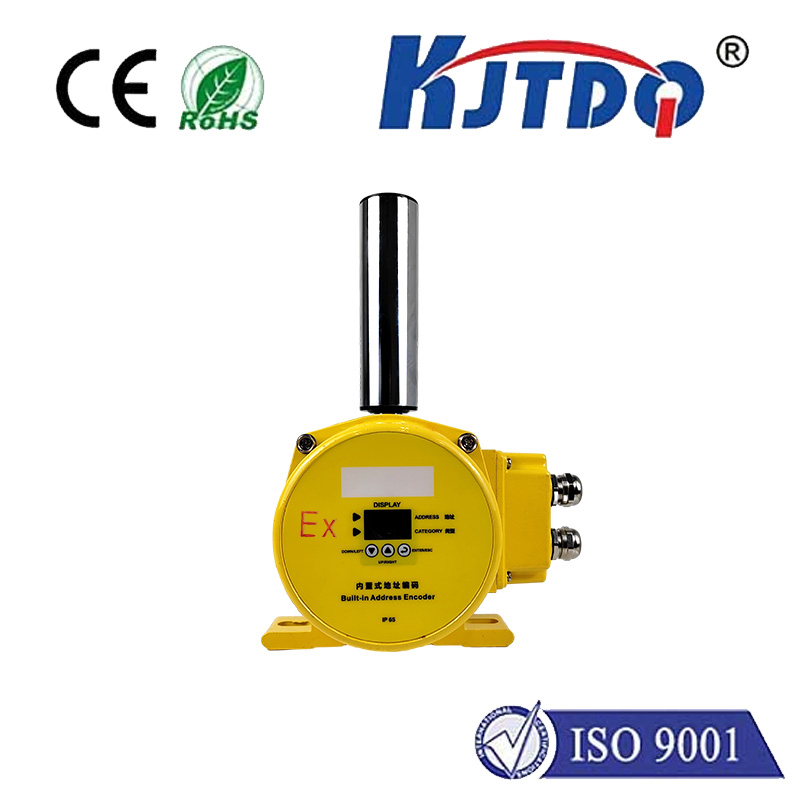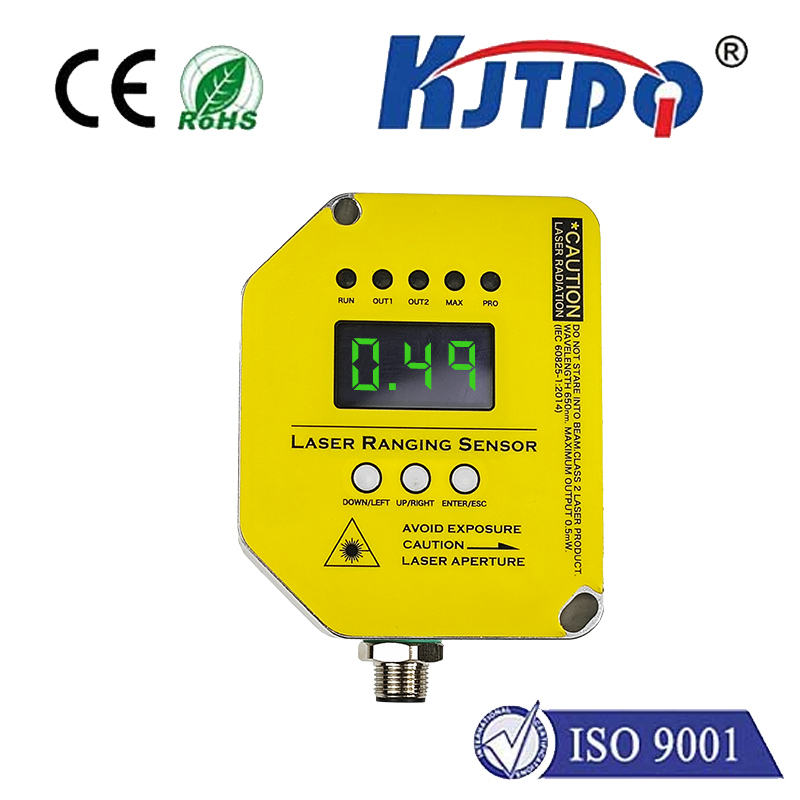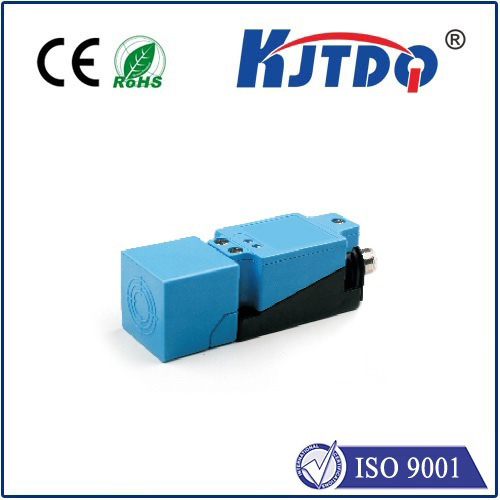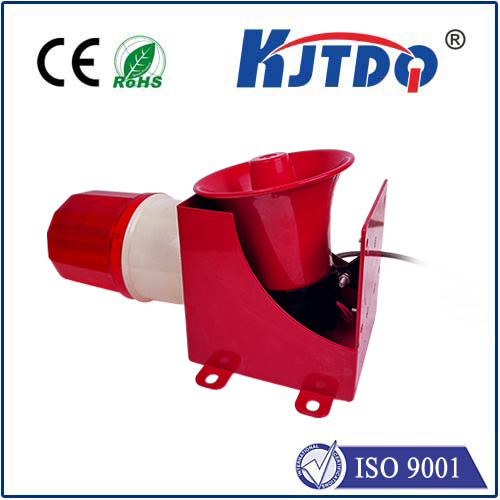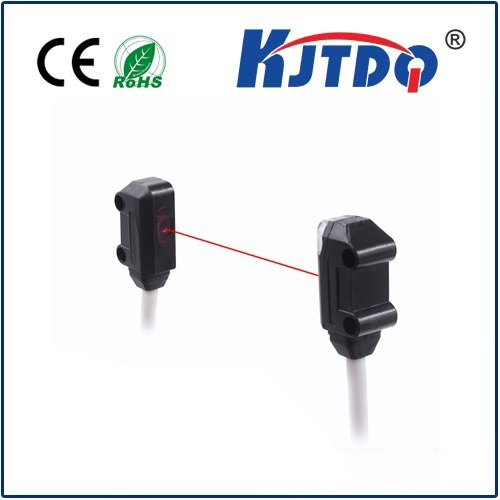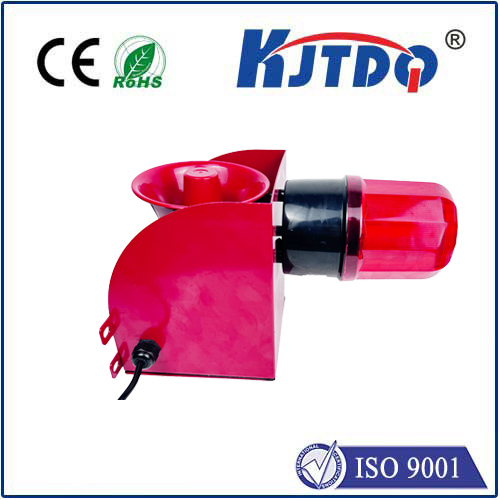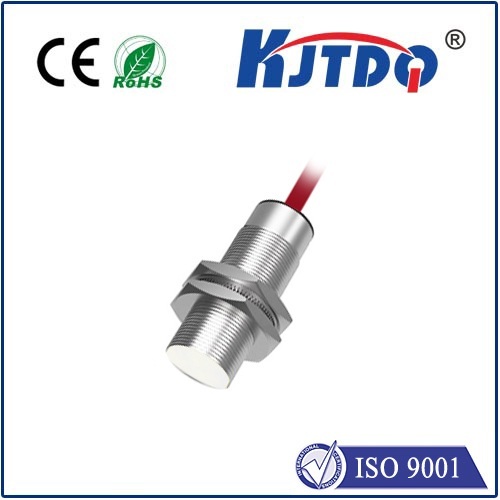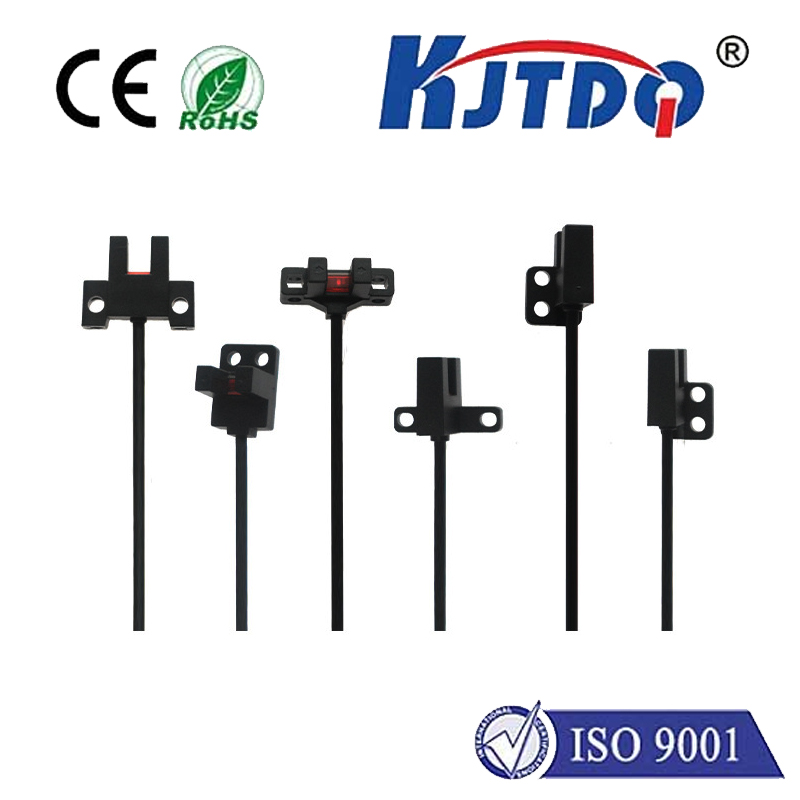
check

check

check

check
Introduction:
Non-flush sensors are a type of sensor that does not require a flushing procedure before use. They have gained popularity due to their unique characteristics, making them suitable for various applications across different industries. This article aims to provide an in-depth understanding of non-flush sensors, including their types, functions, advantages, and applications. Additionally, it will highlight the key factors to consider when selecting non-flush sensors.
Section 1: Types of Non-Flush Sensors
There are several types of non-flush sensors, each with its specific features and application areas. Some common types include:
a) Pressure Sensors: Used to measure pressure levels in liquids or gases, typically found in industrial processes such as oil and gas production, food processing, and pharmaceutical manufacturing.
b) Temperature Sensors: Used to measure temperature levels in a range of environments, including industrial process control, HVAC systems, and laboratory applications.
c) Flow Sensors: Used to measure fluid flow rates in pipes, valves, and other equipment in various industries such as water treatment, mining, and oil and gas exploration.
d) level Sensors: Used to measure the level of liquids or solids in tanks, reservoirs, and pipelines.
e) Distance Sensors: Used to measure the distance between two objects or surfaces, typically used in robotics, automotive industry, and navigation systems.
Section 2: Functions of Non-Flush Sensors
Non-flush sensors play a crucial role in various applications by providing accurate and reliable measurements of various parameters. The functions of non-flush sensors depend on their type but can be summarized as follows:
a) Pressure Sensors: Measure pressure changes in liquids or gases to control processes such as flow rate, vaporization, and absorption.
b) Temperature Sensors: Measure temperature changes in various environments to control processes such as heating, cooling, and ventilation.
c) Flow Sensors: Measure flow rates in pipes or channels to control processes such as fluid delivery, irrigation, and sewage management.
d) Level Sensors: Measure liquid or solid levels in tanks or vessels to control processes such as filling, emptying, and spillage prevention.
e) Distance Sensors: Measure distances between objects or surfaces to control processes such as obstacle detection, navigation, and object identification.
Section 3: Advantages of Non-Flush Sensors
Non-flush sensors offer several advantages over traditional flushing sensors, making them more practical and cost-effective for various applications. Some key benefits include:
a) No Flushing Procedure: Non-flush sensors do not require any flushing procedures before use, saving time and reducing costs associated with maintenance and cleaning.
b) Easy Installation: Non-flush sensors are easy to install and can be mounted either vertically or horizontally depending on the application's requirements.
c) Long Lifespan: Non-flush sensors have a longer lifespan compared to flushing sensors due to their ability to withstand harsh environmental conditions such as vibration, moisture, and chemicals.
d) High Accuracy: Non-flush sensors offer high accuracy and reliability due to their advanced design and manufacturing processes.
e) Cost-Effective: Non-flush sensors are cost-effective compared to flushing sensors due to their simple construction and reduced maintenance requirements.
Section 4: Applications of Non-Flush Sensors
Non-flush sensors find widespread adoption across various industries due to their versatility and ability to measure different parameters accurately. Some common applications include:
a) Oil and Gas Production: Non-flush pressure sensors are used to monitor pressure levels in pipeline systems and control pumps and valve operations.
b) Chemical Processing: Non-flush temperature sensors are used to regulate temperature levels in reactors, distillation columns, and other processing equipment.
